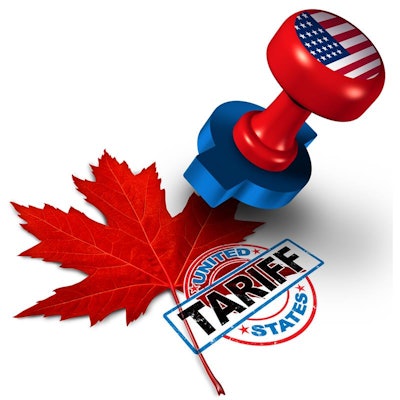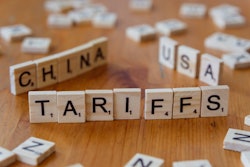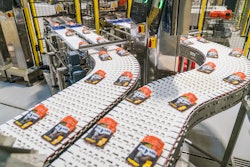
On April 2, U.S. President Donald Trump announced a sweeping overhaul of trade policy that included significant new tariffs on imports from major trading partners. Just a week later, on April 9, the administration paused the majority of these planned tariffs for 90 days — except for China, whose tariff rate has surged to 145% as of this writing. A baseline 10% tariff now applies to goods from Canada, Mexico and the European Union.
For pet food manufacturers, especially those sourcing ingredients or packaging materials internationally, the policy shift raises concerns about rising production costs. Tariffs on imported ingredients could strain companies’ margins, potentially leading some — particularly smaller brands — to pass higher costs on to consumers. Tariffs on aluminum and steel, commonly used in pet food packaging, are another area of concern.
In response to the policy changes, Pet Advocacy Network president and CEO Mike Bober, CAE, issued a statement on April 10 to help guide the pet care industry through the evolving trade landscape.
“At midnight [on April 9], the Annex I additional reciprocal tariffs went into effect, including an additional 50% tariff added to what had already been announced for China in response to their retaliatory measures,” Bober stated. “This was in line with the messages from the White House that indicated the tariffs would take effect as planned.”
Bober noted that he had attended a House Ways and Means Committee hearing earlier that day, where lawmakers discussed the impact of reciprocal tariffs. “I was pleased to see several members of Congress ... raising concerns about agriculture and products that require specific climates which cannot be grown domestically,” he said. “Our points on this issue are being heard and lawmakers are working to help address them.”
However, just hours later, the White House shifted direction, announcing the temporary suspension of most additional tariffs to allow time for new trade agreements to be negotiated.
“For now, the 10% tariffs that went into effect over the weekend will remain in place,” Bober explained. “But this morning’s additional tariffs are generally suspended. The biggest exception to this is China, whose rate is increased even further to a total of 125%.”
He added that the situation with Canada and Mexico remains somewhat unclear, as their previous tariff plans were not part of this week’s actions. “We will continue to work with our colleagues at APPA, PIDA, WPA, IndiePet, PFI and others to represent you and your concerns as individual countries’ trade agreements are renegotiated,” Bober said.
As the trade environment continues to shift, pet food companies are advised to monitor developments closely and prepare for possible supply chain and cost fluctuations. Further updates are expected in the coming weeks as negotiations with U.S. trade partners unfold.















